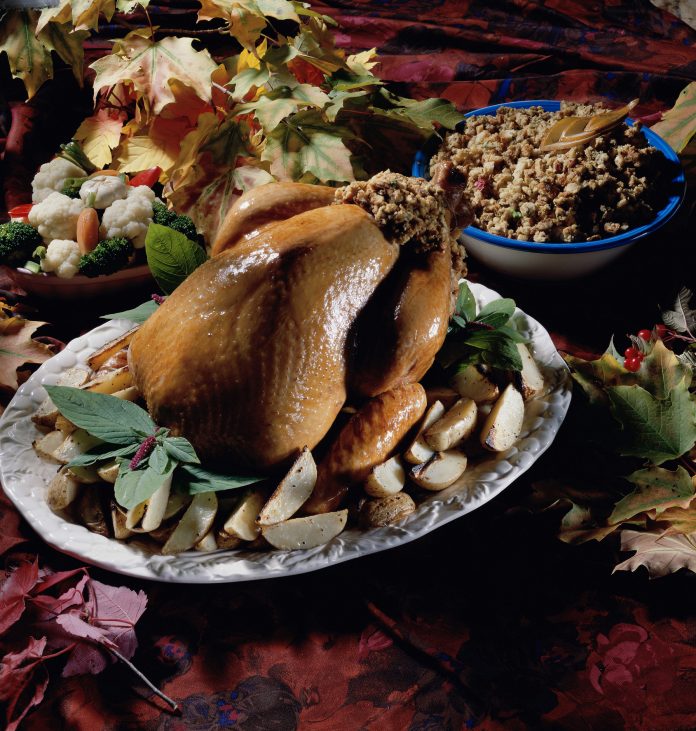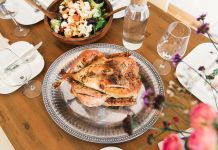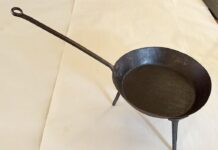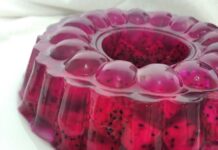My mom and grandma have always cooked the stuffing in the turkey each Thanksgiving. But now, I hear that practice should be avoided – why is that?
Despite long held traditions in many families, it’s best not to cook your stuffing inside your turkey.
This is because uncooked poultry can harbor bacterial pathogens, which can be present both on the inside and outside of a raw turkey. And the only way to destroy this potentially dangerous bacterium is to cook the turkey to an internal temperature of 165 degrees Fahrenheit, using a digital tip-sensitive meat thermometer to ensure that the bird has reached this temperature.
If you want to use a dial thermometer, it is important to calibrate it first, said Barbara Kowalcyk, an assistant professor in Food Science and Technology in the College of Food, Agricultural, and Environmental Sciences (CFAES) at The Ohio State University.
“Pop-up timers are not very reliable, so it is best to verify doneness with a digital tip-sensitive thermometer,” she said.
To measure the temperature of the turkey, you should insert the meat thermometer into three areas of the turkey to measure its internal temperature: in the thickest part of the turkey breast, in the innermost part of the wing and in the innermost part of the turkey thigh.
The concern is that placing the stuffing into the center of the raw turkey exposes the stuffing to those bacterial pathogens throughout the cooking process, according to the U.S. Department of Agriculture Food Safety and Inspection Service.
The stuffing, which is traditionally moist and made with bread or cornbread, is very porous. So as the turkey cooks, juices that may contain bacterial pathogens such as salmonella may be absorbed into the stuffing during the cooking process. Unless the stuffing is also cooked to an internal temperature of 165, it is unsafe to eat.
Even if the turkey itself has reached the safe minimum internal temperature of 165 degrees, the stuffing may not have reached a temperature high enough to destroy bacteria that may be present, USDA says.
The safest route is to cook your stuffing separate from the turkey and then place it inside the fully cooked turkey if you want to soak up some of the rich, delicious flavor of the turkey.
Other food safety tips from USDA for turkey day:
- Don’t wash your turkey. Washing raw meat and poultry products just spreads bacteria around your kitchen, increasing the risk for contaminating other products and making your family sick. The only way to destroy bacteria on your turkey is to cook it to a safe minimum internal temperature of 165 degrees as measured with a food thermometer.
- Don’t leave the food out on the buffet table all day on Thanksgiving. It’s best to serve the food hot. Bacteria can grow rapidly on food that’s left out for more than two hours after cooking. If you have guests that will come over throughout the day, it’s best to keep the food in heated chafing dishes to keep the food out of the temperature danger zone of 40 to 140 degrees Fahrenheit, which can encourage bacteria to multiply rapidly.
Chow Line is a service of the College of Food, Agricultural, and Environmental Sciences and its outreach and research arms, OSU Extension and the Ohio Agricultural Research and Development Center. Send questions to Chow Line, c/o Tracy Turner, 364 W. Lane Ave., Suite B120, Columbus, OH 43201, or turner.490@osu.edu.
Editor’s Note: This column was edited by Barbara Kowalcyk, an assistant professor in Food Science and Technology for CFAES.
















